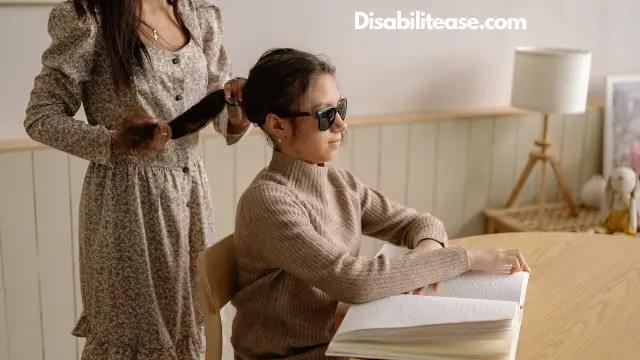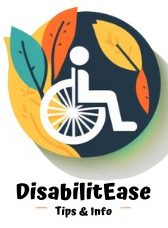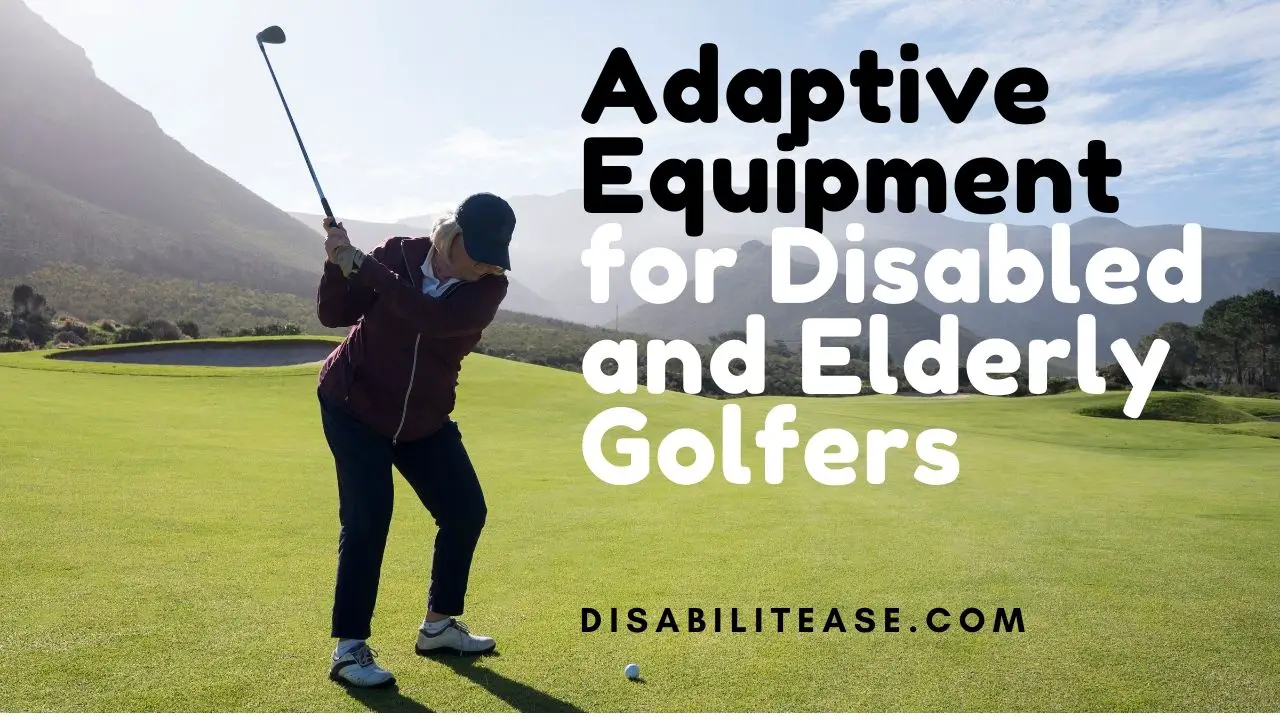How do Deaf and Blind learn Braille? French educator Louis Braille first introduced the braille system in the 19th century. It is a tactile code system for visually impaired, blind, or deaf-blind individuals.
Braille consists of upraised dots arranged in different patterns. Blind and deaf people use their fingertips to read them. It is not a single language but a system or code through which any language can be learned.
Braille cells are the units where the symbols are formed. Each cell has six dots arranged in three parallel horizontal rows (two dots in each row). Any of these six dots may be raised, and the different sequences of raised dots form sixty-four combinations.

We have a related article for you, you can read How Do Deaf and Blind People Communicate?
The reading positions of these dots are universal, i.e., the numbering starts from 1 to 3 (from top to bottom) in the left column first and then from 4 to 6 in the right column. Each sixty-four combination represents a different alphabet, number, signs, etc.
And the visually impaired, blind or deaf-blind are educated to learn these symbols by touching their fingertips, thus improving literacy.
Table of Contents
What Are The Most Common Types Of Braille? How Do Deaf And Blind Learn Braille?
The two significant braille forms include:
Uncontracted Braille:
Uncontracted braille is the simplest version of braille. It uses all the alphabet individually without any shortcuts. In this form, a word is completely spelled out. And thus, it takes more space to copy a book in uncontracted braille.
Plus, it takes more time to decode each alphabet for reading because, unlike eyes, fingertips cannot read a complete sentence at a glance. The speed of a child to read depends on the number of dots he can have under his fingertips at a time.
Typically, when any blind or deaf-blind child starts to learn, uncontracted braille is the first step on the ladder. It will build a solid foundation to decode the words before learning the shortcut keys, and afterward, they will gradually switch to contracted braille.
Contracted Braille:
For more advanced and complex learning, contracted braille is used. This version, along with the same alphabets, numbers, signs, etc., used in the uncontracted form, contains some shortcut keys representing a group of letters or common words.
There is 180 contraction that is practiced. In contracted braille, a single alphabet may represent a complete word. For example, the alphabet “b” represents “but,” the alphabet “c” represents the word “can,” and “d” represents the word “do,” etc.
If an individual starts learning contracted braille, his spelling and decoding skills are weak compared to those who started learning with uncontracted braille and then shifted to contracted form. But there are some advantages also.
Firstly, from the beginning, the child starts learning in a way he will ultimately have to learn. Also, writing a book in contracted braille will take less space compared to uncontracted braille.
Plus, the child will take less time to decode the words. Most books are printed in this form to produce less bulky material.
How Do Blind And Deaf People Learn Braille?

Teaching anything to blind and deaf people is not an easy task. Before learning, parents and teachers must motivate these special children.
Afterward, he will follow the typical learning method of braille for a fruitful learning experience. The following steps will be followed for the learning procedure:
Introduction To Books And Sensitive Tactile Training:
First of all, the child should get an introduction to books. Bring some printed books that follow the braille system in which letters, words, numbers, signs, etc., are symbolized with the help of raised dots at home before admitting into a particular educational institute.
Try to incorporate some reading activities into your daily routine. Then, in the institute, the child will adequately learn how to touch them and, with the help of a fingertip, how to interpret the letters and words.
After getting this sensitive tactile training, he can distinguish the fine details.
Sitting At The Proper Height And With Proper Posture:
Proper posture is very effective and essential to learning braille. The experts at the institution will help the child to sit in a proper upright posture. Moreover, the proper height of the desk is also significant.
The desk should be designed so that the child can comfortably place both arms on the table. The elbows should be bent at an angle between 70 to 90 degrees. Plus, the position of the child’s arms should be so that he doesn’t need to bend his wrists to read braille.
Decoding The Book Letters And Words With Hands:
The child will then learn to locate the top left corner of the page to ensure placing his hands on the first row of braille. With the help of fingers on both hands (excluding thumbs), he will feel the rows of braille.
After this, he will keep his right hand on the place and move the left hand to locate the next row of braille, and similarly, feeling the third row, and he will be able to decode the word, letter, number, etc.
Uncontracted and Contracted Braille:
As we have discussed in detail, the uncontracted braille is for beginners. It is the simplest form of braille in which each braille cell symbolizes a single letter consuming more space and time. While, in uncontracted braille, a single braille cell may denote a complete word.
The child will first learn uncontracted braille; when he recognizes all letters, numbers, signs, etc., he will be shifted to the uncontracted braille technique.
Practice:
After learning the complete method, the child will need more and more practice to enhance his reading skills and accuracy. Interestingly, some braille readers become so good and confident after practice that they can easily read 400 words in one minute, while a normal average person with sight can read only 300 words in one minute.
Also, you have to check out my post on the Best Fitness Trackers & Smartwatches For Elderly, Blind & Visually Impaired.
For all these steps, you need patience and proper guidelines for parents and trainers to teach these visually impaired or deaf students. Also, it is recommended for the parents to at least learn uncontracted braille to help their child complete this difficult task.

Hi, my name is Eddie, I am a professional trainer specializing in the elderly population and I’m also a website designer. I love training in the gym, going to the beach, traveling, and having good food.
I combined my love for sport and website designing to make “DisabilitEase” whose purpose is to help elderly and disabled people live a more full and active life, have more fun, and enjoy their unique journey despite any disability.



